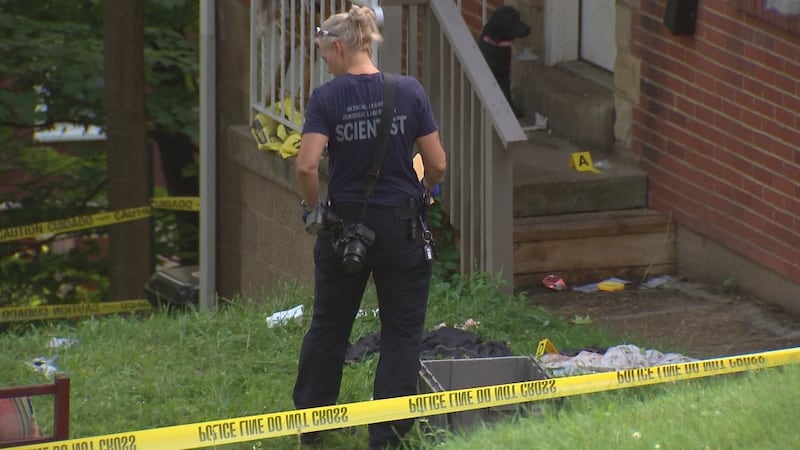For school superintendents, the decision to close schools, delay classes, or stay open is a tough one.
"We don't have a huge window to make a call. Some of our buses leave as early as 5:30, 6 a.m. And it's hard to call them back," said Brian White Jr., the superintendent for the Butler Area School District.
The process begins early. School staff watches the weather overnight, then the transportation department sends people out onto the roads to check the conditions, and then they reach out to PennDOT as well. Meanwhile, White reaches out to the superintendents of neighboring school districts to see what they're going to do and check what conditions they're seeing.
RELATED HEADLINES
- Turnpike commission to impose ban on trucks trailers due to winter storm
- STORM TRACKER: Snowfall expected Tuesday into Wednesday
- PHOTOS: Winter storm brings snow throughout area for start of spring
- Snow covered roads likely for morning commute as winter storm moves through
- Western Pa. prepared as winter storm expected to bring several inches of snow
"It's a tremendous responsibility to be responsible for 6,300 kids. And you want every one of them to be safe. And you try to treat it as the decision you would make for your own child," said White.
Superintendents of city schools may make different decisions than superintendents of districts like Butler. Size, and how spread out the district is, plays a big role in making decisions about whether or not to cancel or delay school. The Butler Area School District covers 150 square miles, and some students spend up to 45 minutes on sunny days riding the bus.
"That's what makes it so complicated. There's no one-step answer for all this," said White.
A snow day may be cause to cheer for students, while the same or a delay might be a headache for parents. Either way, it's a decision White doesn't take lightly. He said student safety is No. 1.
"I will tell you, there's nothing worse, particularly when you've decided not to cancel or not to delay, and watching the weather fall, and sort of hoping and being sort of sick to your stomach that, did I make the right call?" said White.
Cox Media Group






